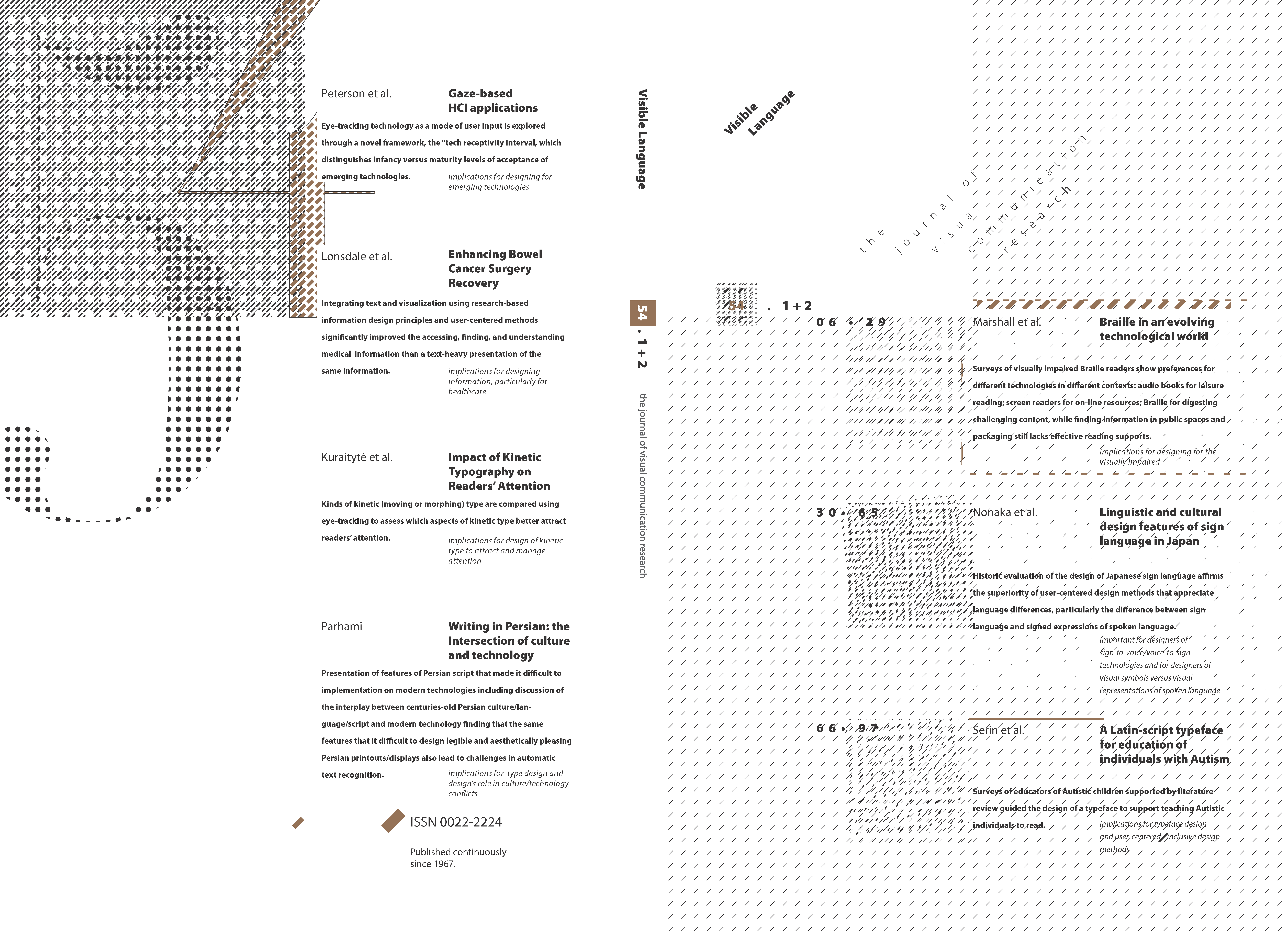Linguistic and cultural design features of the manual syllabary in Japan
Keywords:
Education, Literacy, Designers, Case Studies, JapanAbstract
DeafSpace is a design paradigm concerned with celebrating sign language and Deaf culture. Using a DeafSpace-informed analysis, this case study shows the importance of visible language for signing Deaf people and the power of the adaptation of the manual syllabary (known as yubimoji in Japanese) from written kana scripts to promote literacy and fuller inclusion of Deaf people in Japanese society. Starting in antiquity, we explain the circumstances under which the Japanese first began to write and the development of their indigenous syllabaries called the kana. By the Meiji Era (1868-1912), the educational establishment in Japan devoted itself to the idea of literacy for all Japanese; thus began their Deaf education system. Several manual syllabaries were invented by teachers of the deaf but failed to take root because of design flaws. The yubimoji system that survived has appropriate design features and contributes to literacy and fuller inclusion for Deaf Japanese.

